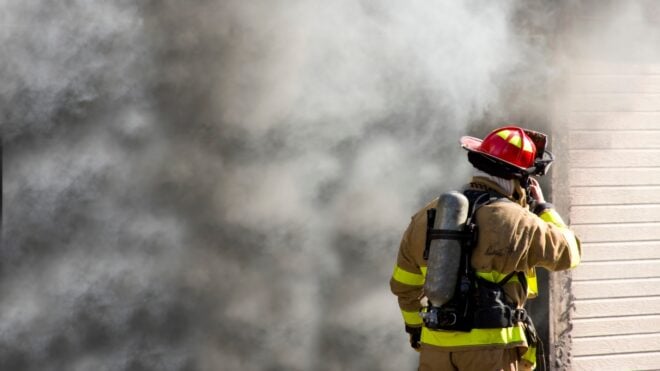We often think of our homes as warm, safe havens. However, there are several awful, silent — and often invisible — dangers that lurk in the corners of our homes.
I'm talking, of course, about a pesky mold situation. You may very easily spot mold growth on, say, food that has expired and gone bad. But in many cases, it is not easy at all to detect toxic mold growth at home.
There are several ways to kill mold located on surfaces such as wood, drywall, and carpet. One of our favorite techniques is to scrub away mold using hydrogen peroxide, a substance used in disinfectants and even cosmetic products.
Maybe you are well-equipped to defend your home against mold growth, but for those who are unsure about what warning signs to look for, consult our exclusive guide below.
From experiencing allergy-like reactions to sensing weird smells, the signs of dangerous mold growth can be quite eye-opening…
Scroll further to read about the warning signs of mold in your home, and let us know your thoughts in the comments below!
1. Water Leaks
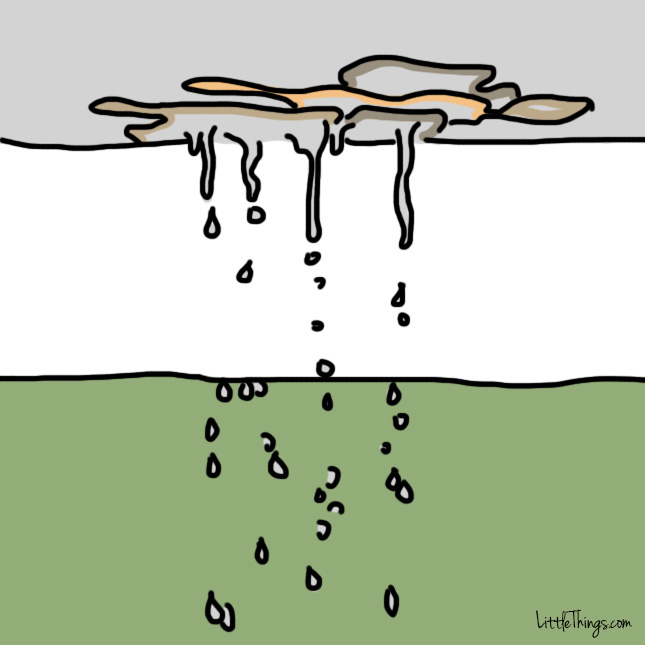
Most issues that you'll have with water in your home are related to leaks.
If you have been experiencing leaking from the pipes or through your ceiling — even if you don't see other visible signs of water damage in your home — this may be a sign that mold is growing in your home.
Be very careful, as mold growth from water leaks can often be hidden. Check behind walls and underneath other surfaces, to see if mold is hidden there.
2. Strange Odors
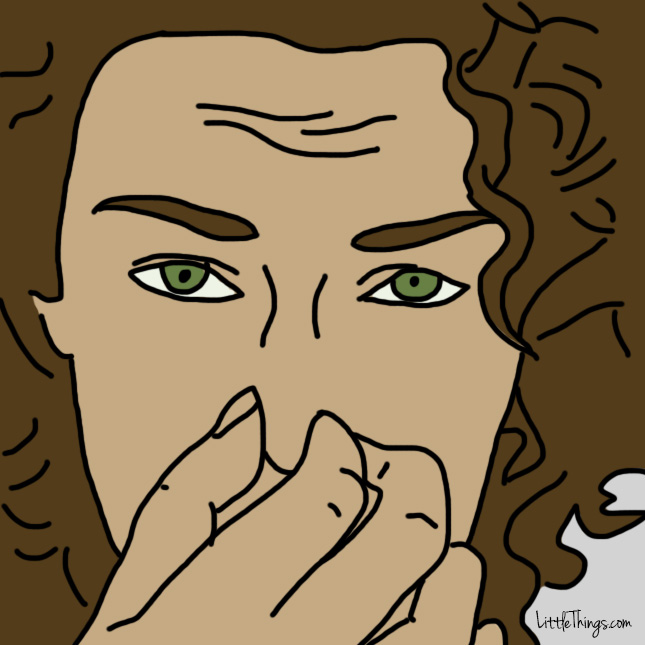
Just as with mold that grows on fruit and foods, mold that grows in corners of the home has a pungent smell.
Typically, when mold has restricted its growth to one particular area in your house, you will smell a foul odor when you're passing through that area.
Beware, since mold can often live in between walls, and even behind wallpaper, so you may sometimes not even see what you are smelling.
3. Condensation
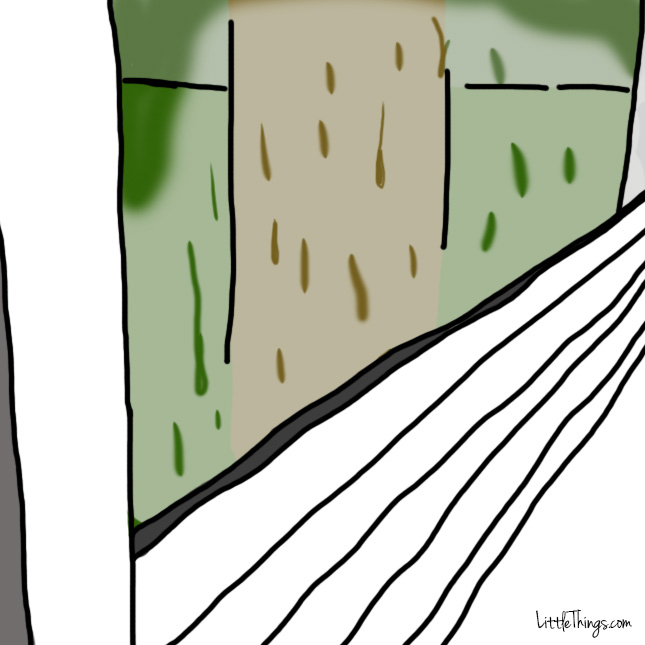
Sometimes, the windows in our home will fog up. This means that there is a high level of condensation — that there is a high amount of moisture.
While there could be several causes for moisture, mold is one of the most rampant causes out there. If you're seeing unusual condensation on surfaces like glass windows or on metal pipes, mold could be growing in the area where the condensation is building up.
One of the most obvious signs of mold is the rusting on indoor pipes.
4. Itchy Eyes, Nose, And Throat
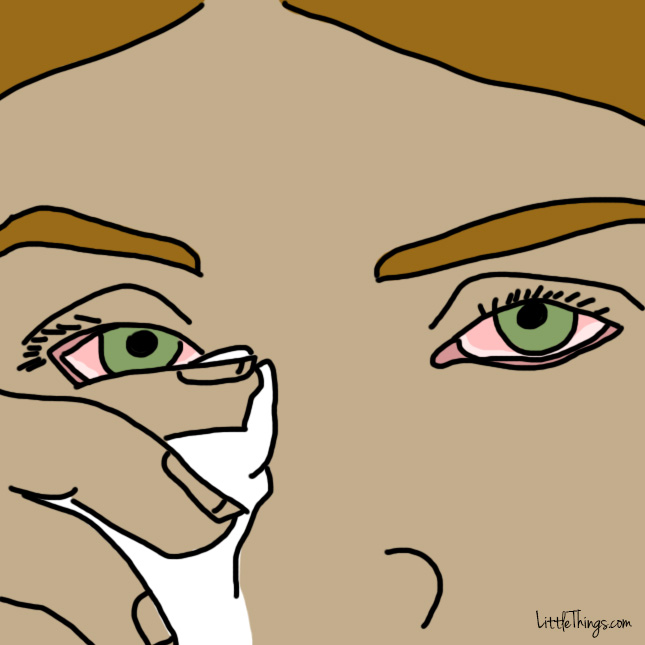
One of the severest symptoms of mold allergy if having itchy, swollen, red eyes. This is usually accompanied by an equally itchy nose and and a sore throat.
According to WebMD, mold allergy symptoms can vary, and some people even suffer from symptoms year-round.
Symptoms can flare up when the weather is warm and damp, or when you're somewhere with a high concentration of mold.
5. Postnasal Drip
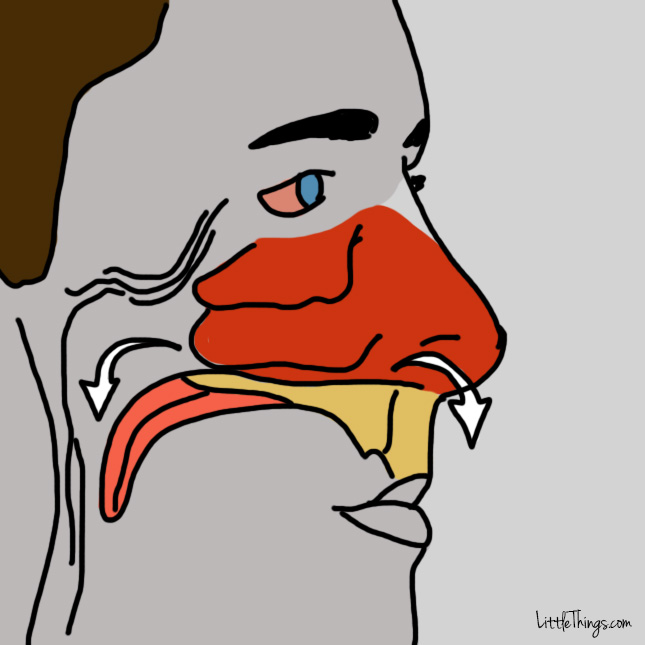
Postnasal drip happens when an excessive amount of mucus is produced in the body. It runs down the back of the nose and to the throat, and is frequently caused by allergies.
According to WebMD, this nasal discomfort can more easily be triggered by the growth of mold in your living environment.
Many other symptoms of mold allergy can appear similar to symptoms brought on by respiratory allergies. These include sneezing, a runny or stuffy nose, and watery eyes, among others.
6. Damp, Humid Basement
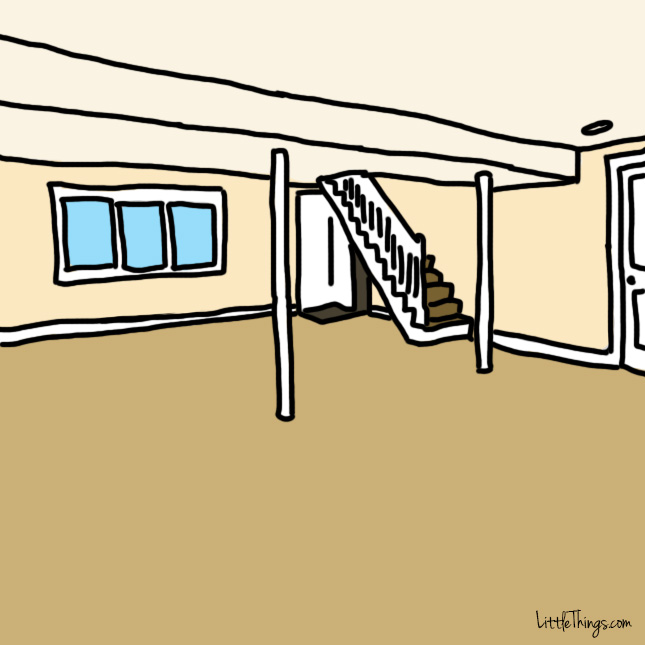
In many cases, the basement is usually the one room in the home that doesn't have good ventilation, or a well-controlled indoor air quality.
Basements are also usually colder than all of the other rooms in the home, which means that it can have more of a condensation buildup.
Usually, if the land around your home is flooded, the basement will suffer the most. If the air in your basement has been feeling icky and damp, definitely be on the lookout for mold growth.
7. Weird Water Stains
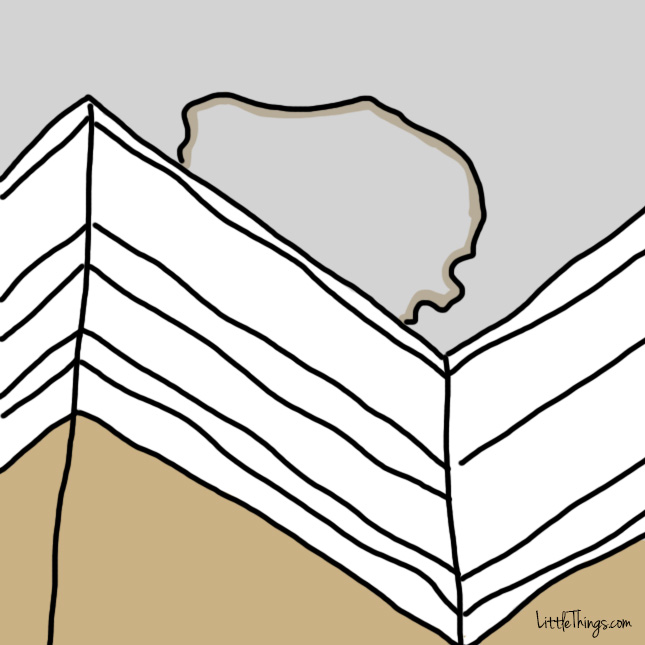
Similar to water leakages, water stains that are visible on walls, ceilings, and other surfaces around the house can indicate mold growth.
Often, you might see odd little yellow stains in the corners of walls. Darker stains are more likely to be a sign of mold.
Stains are very often the result of ceiling leaks, while stains around windows can indicate another type of water intrusion. Either way, beware of mold lurking behind the corners.
8. Poor Ventilation
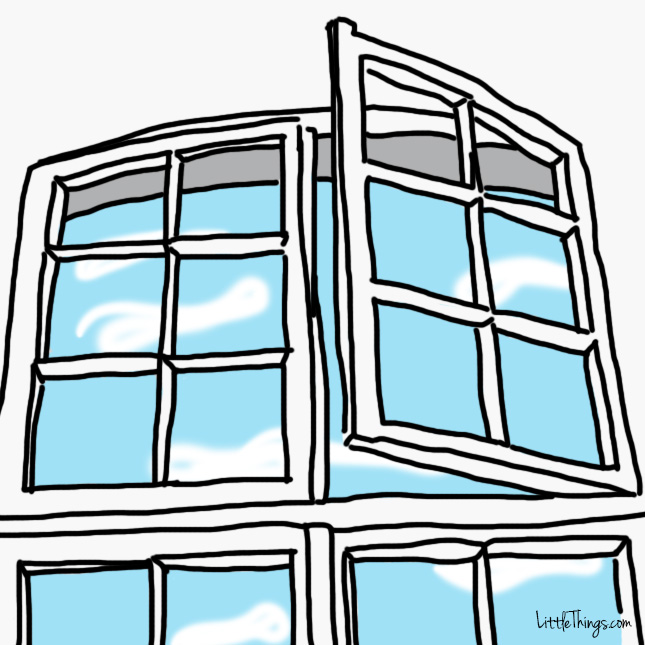
If your home has poor ventilation, it may result in a moist environment that mold just loves to thrive in.
This also means that wet surfaces in your home may dry more slowly.
In order to keep the moisture in your home well-balanced, the pockets of steam and water that evaporates into the hair need to be circulated outdoors.
Check to make sure you don't have poor air flow in your bathroom and kitchen, where moisture may build and stay longer.
9. Shortness Of Breath
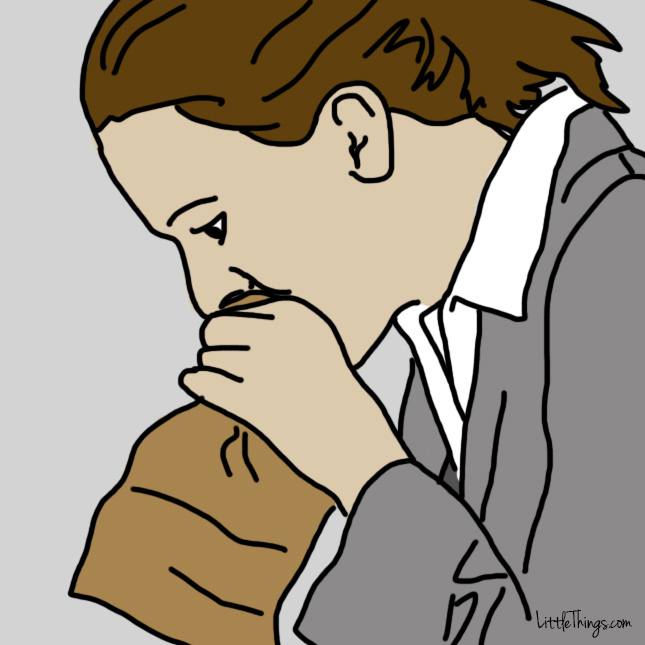
Breathing problems can be caused by an exposure to toxic mold in the home.
Wheezing and shortness of breath are on the list of the more severe symptoms of mold allergy, and even border on the symptoms of an asthma attack.
According to Livestrong, a serious reaction to black mold and other types of mold don't happen to all people, and mostly affect those with underlying respiratory conditions.
10. Chest Tightness
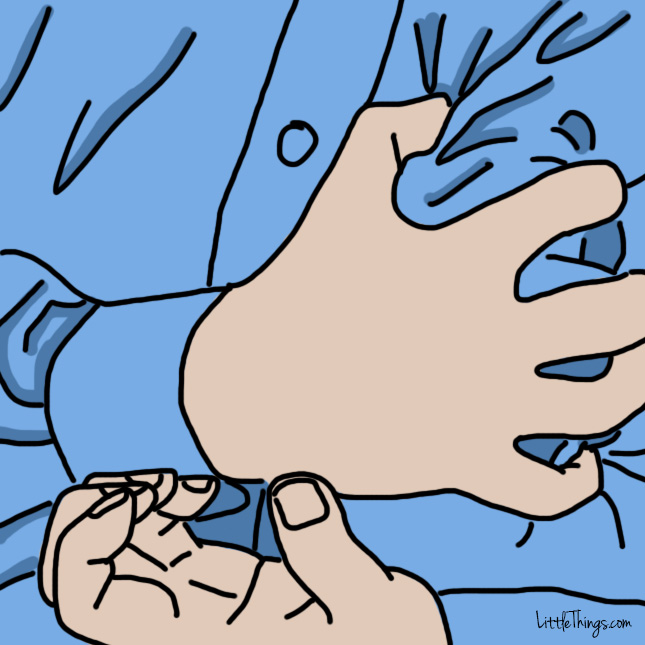
Many people ask, "How do you actually know if you're allergic to mold?"
Well, the easy answer is, you likely are allergic to mold if you experience histamine reactions similar to those produced by other types of airborne allergies.
According to Healthline, these symptoms can include coughing, congestion, intense sneezing, and chest tightness.
It's possible to mistake these symptoms for a cold or a sinus infection, but if they persist, definitely get checked out by a doctor, and remember to inspect your home.
Please SHARE if you know anyone who could be experiencing mold problems!

